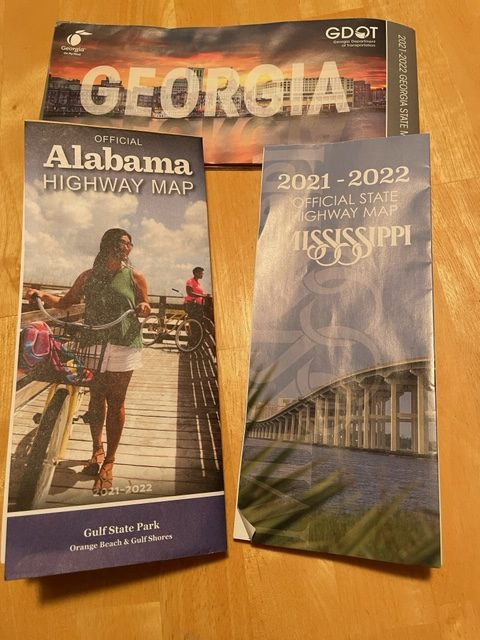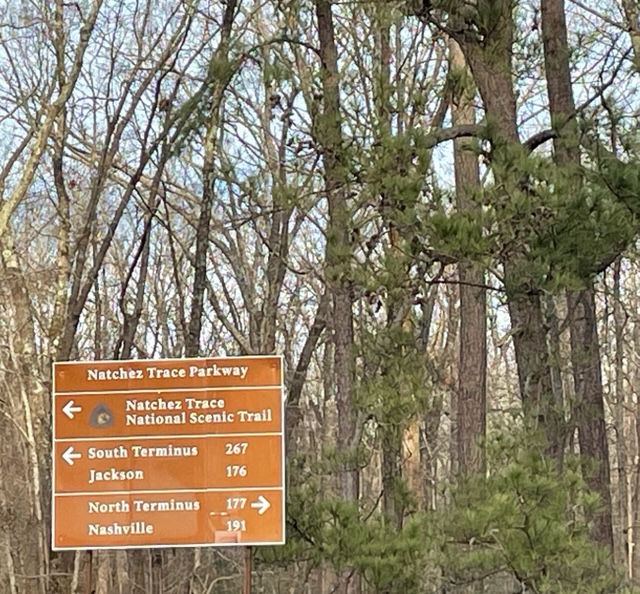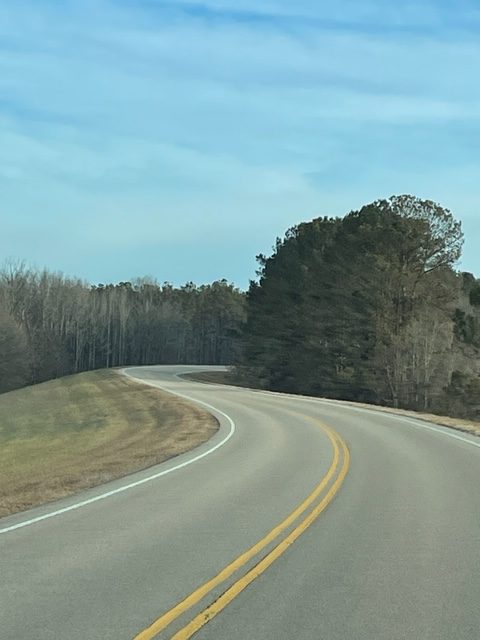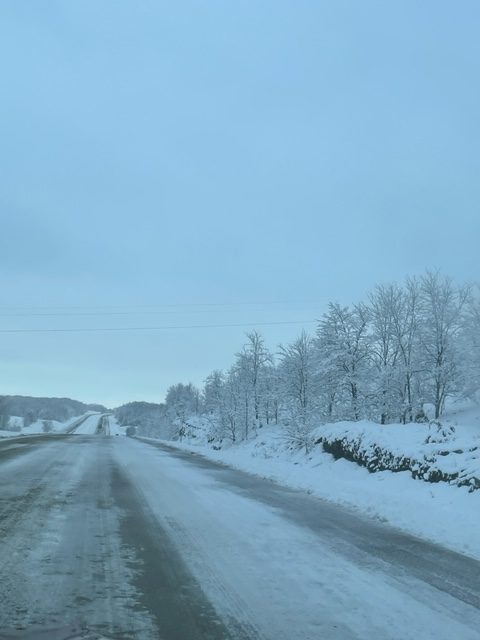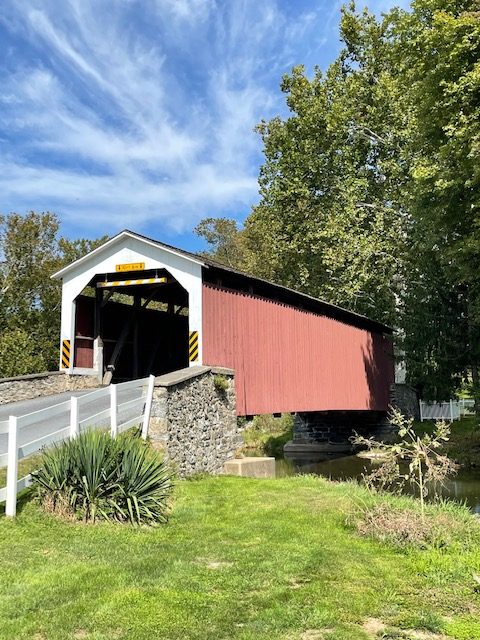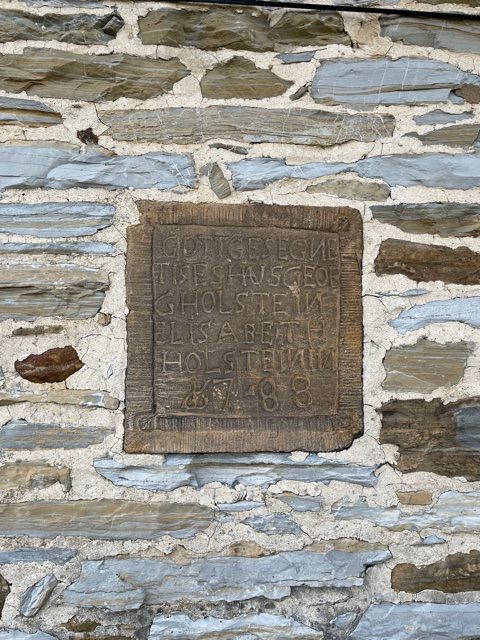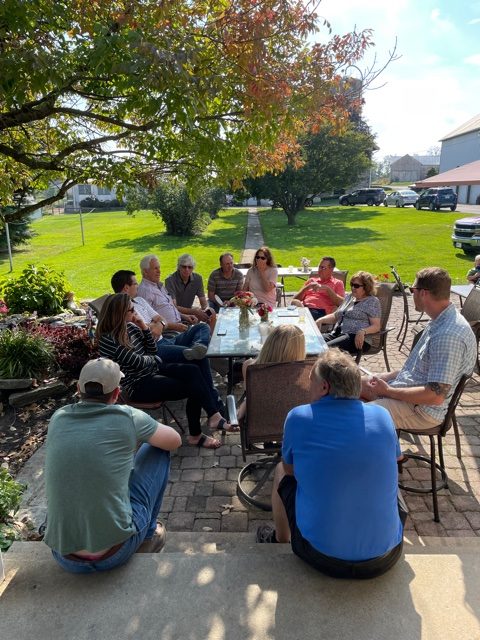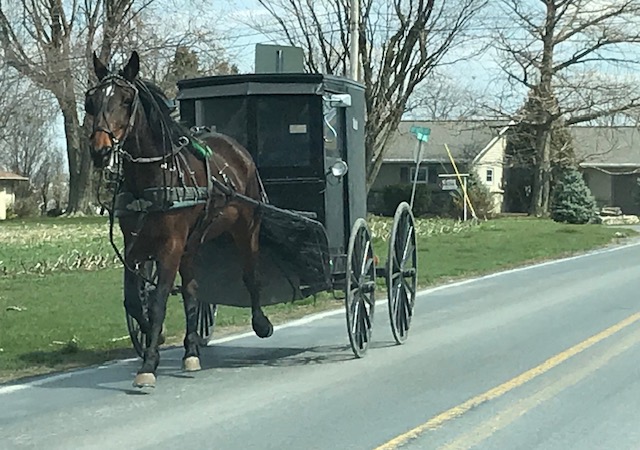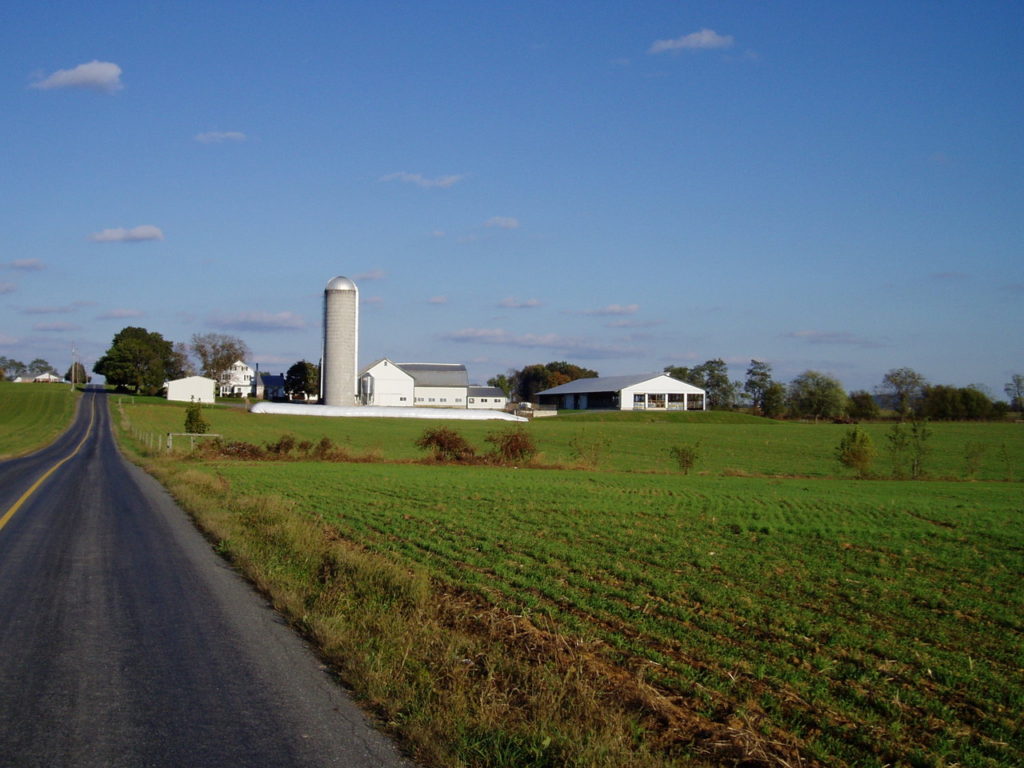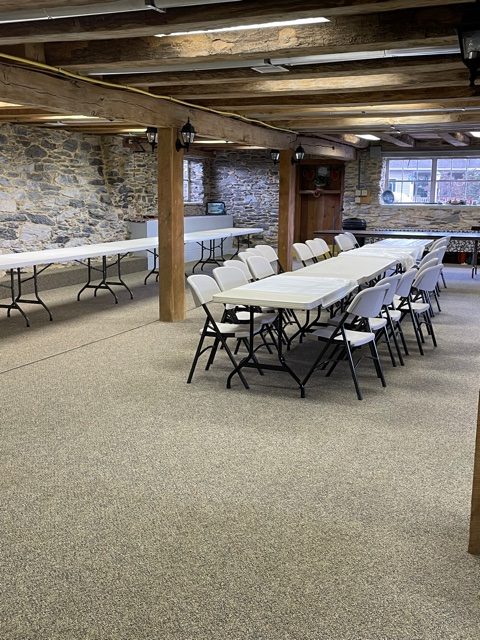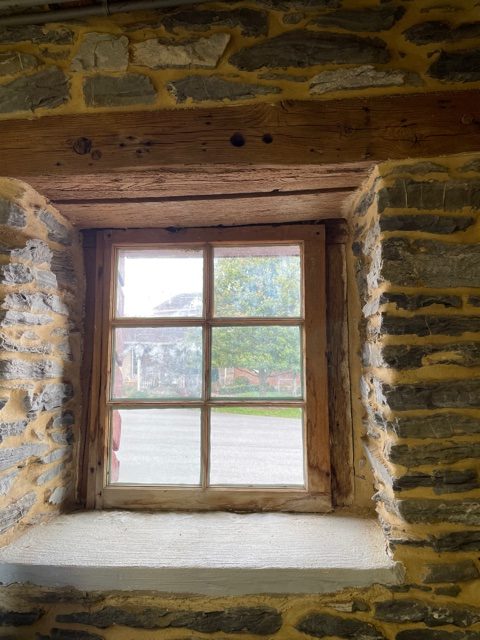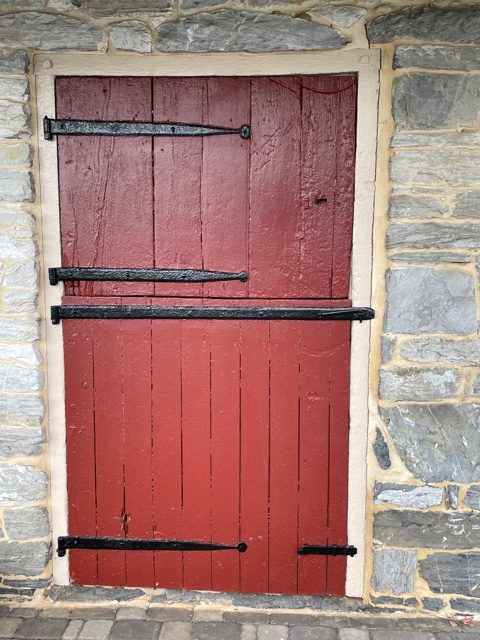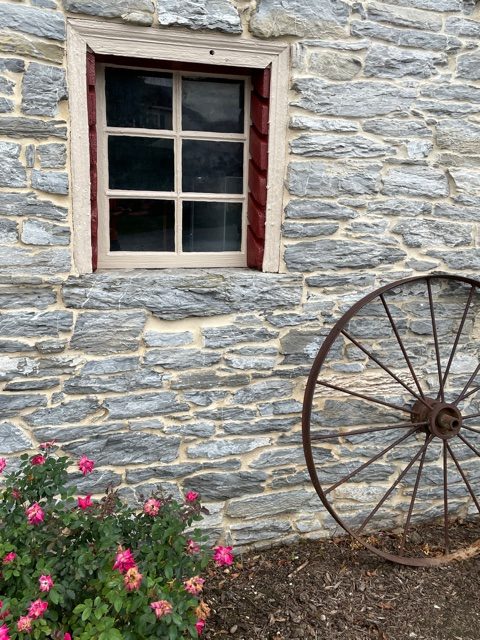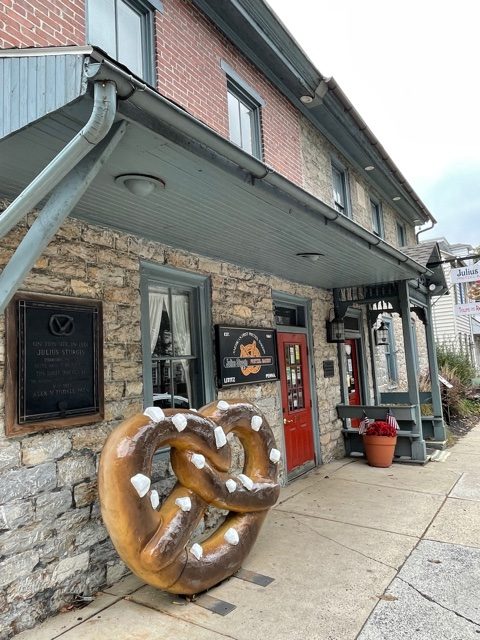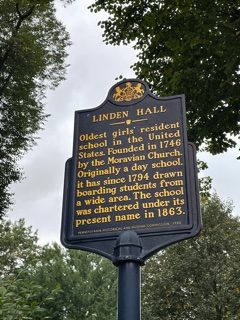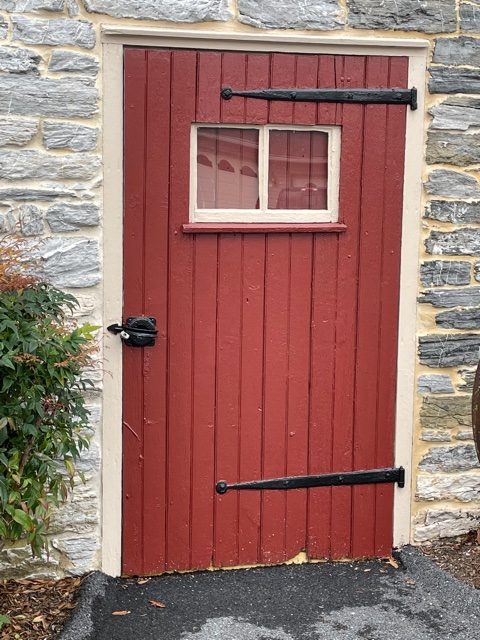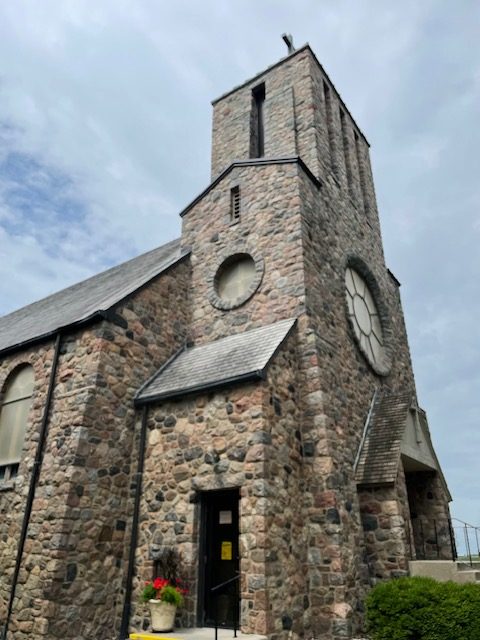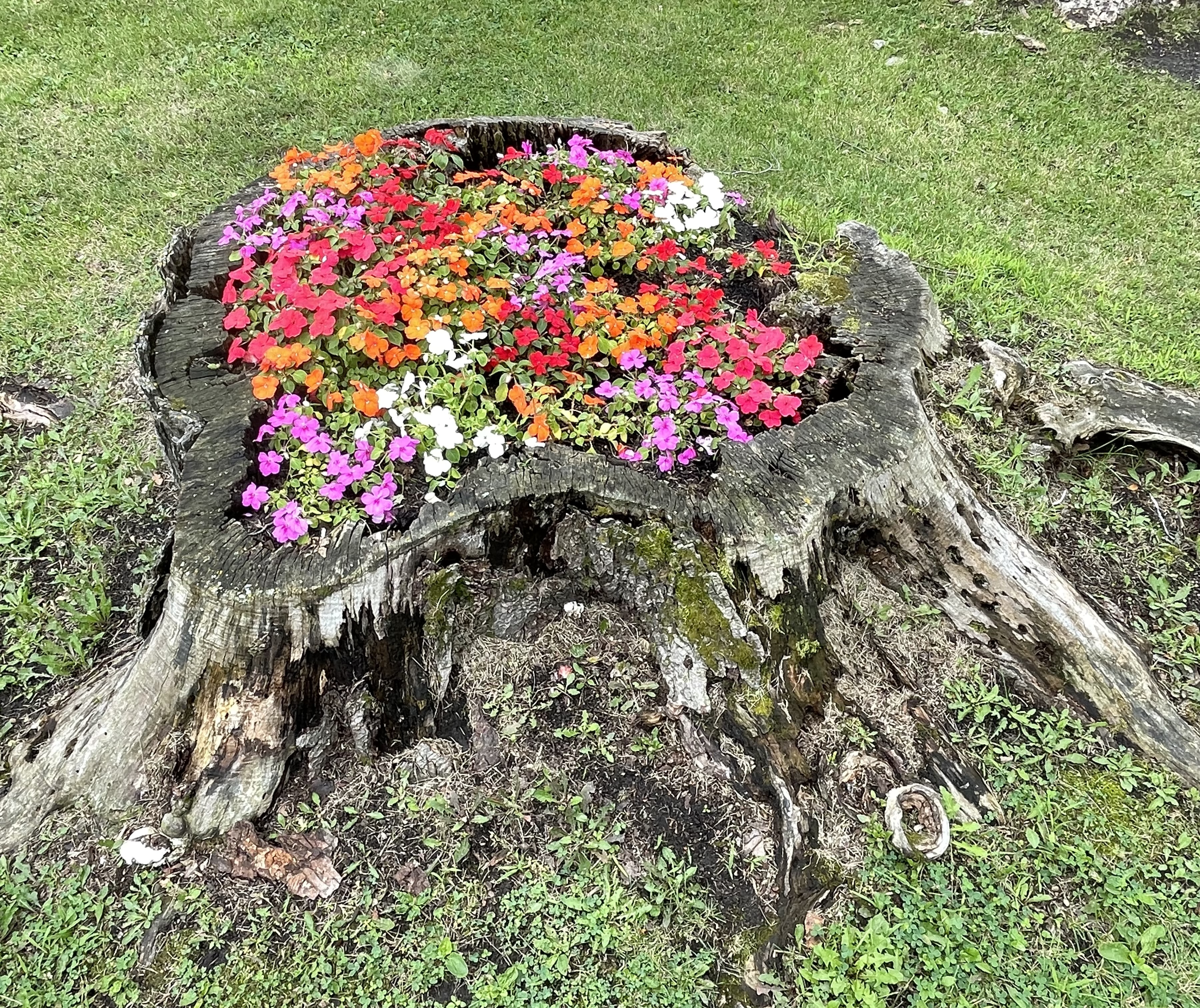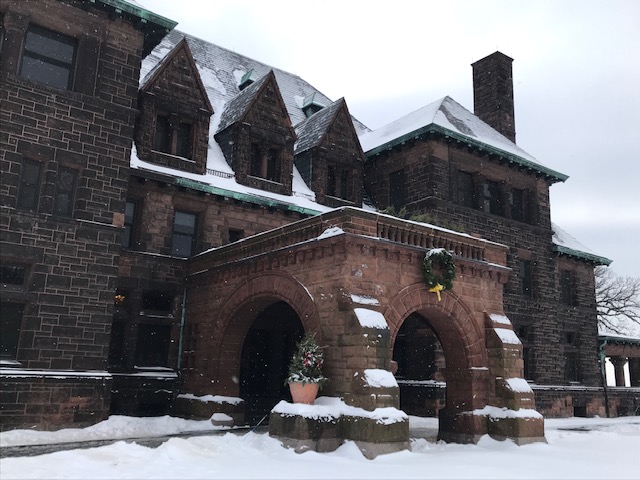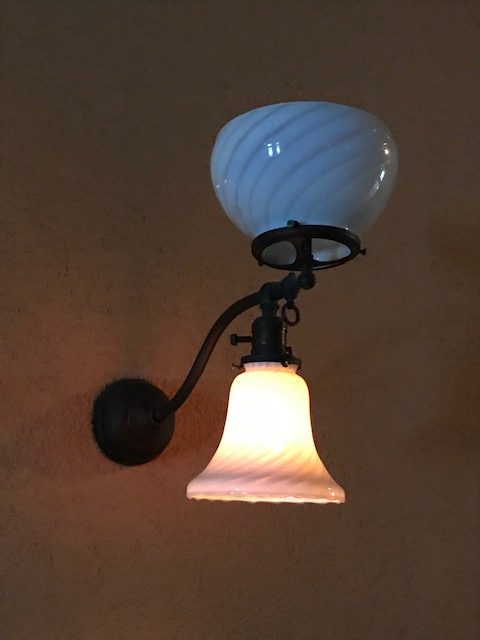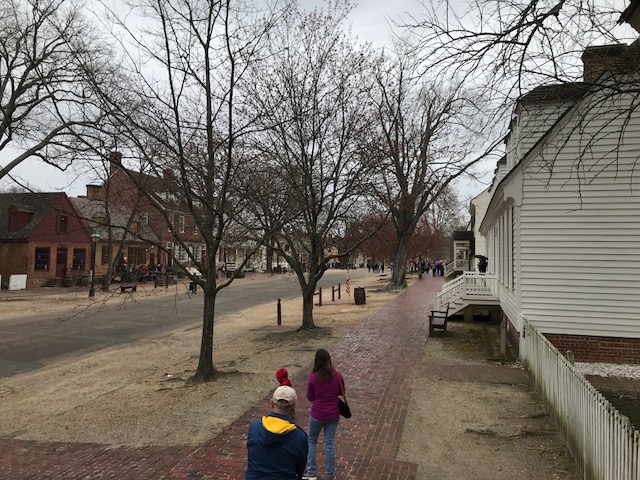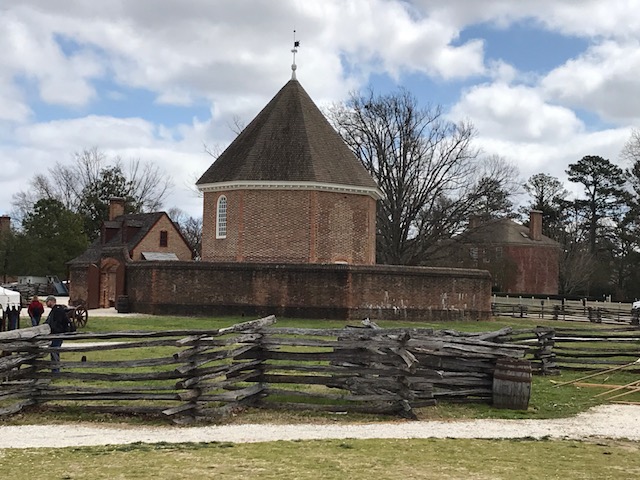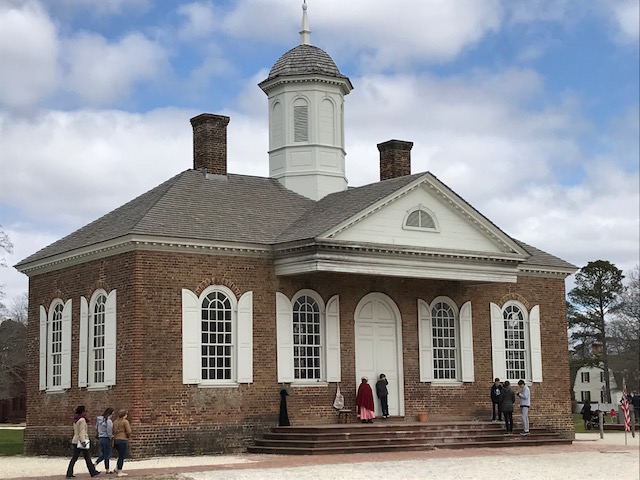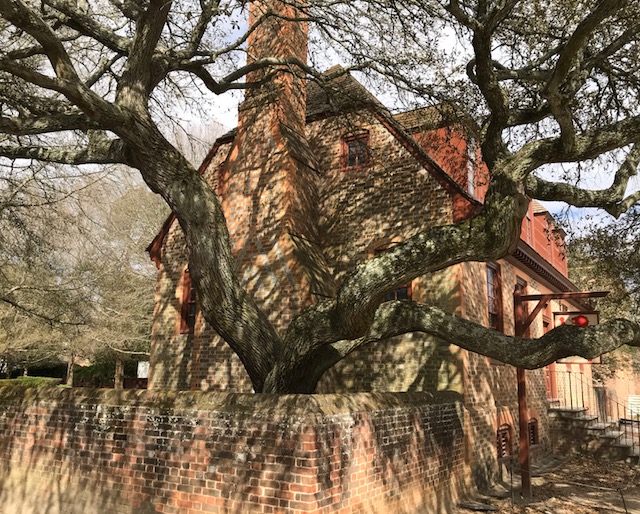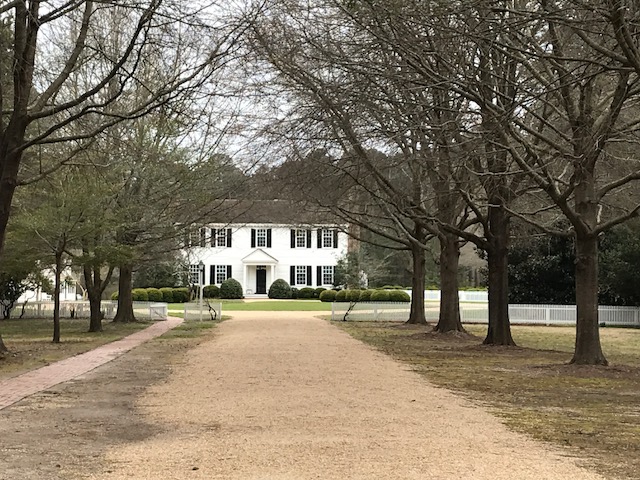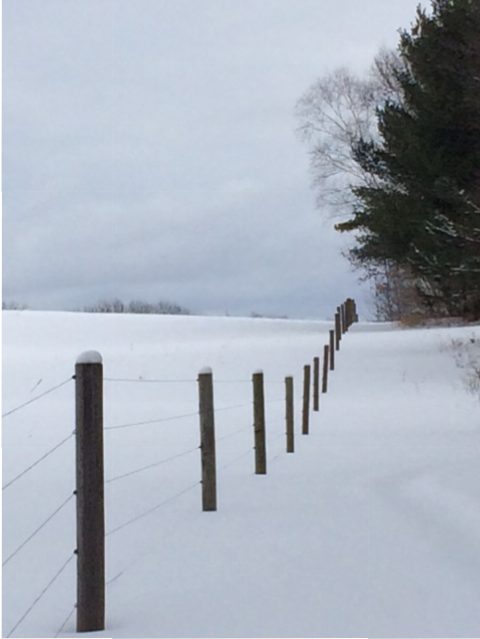Northfield’s beloved popcorn wagon has been in Northfield since 1979. It sits on Bridge Square every summer and is run by 27 “kernels” (volunteers) who make popcorn and sell it. I recently attended a history talk about the popcorn wagon by Susan Hvistendahl, at FiftyNorth, Northfield’s Senior Center.

The popcorn wagon was built in 1918 at C. Cretors & Company in Wood Dale, IL. C. Cretors & Co. is a five-generation family-run business that is still in business today. They have a museum in Wood Dale, IL, which would be fun to see. The popcorn wagons were first introduced at Chicago’s World’s fair in 1893, along with many famous inventions that year: the Ferris Wheel, and Cracker Jack’s, even Hershey Chocolate had its beginnings at that fair.

Northfield’s popcorn wagon is a Model C and there are fewer than 22 remaining. The Model C’s were “designed for success”, and advertised to be “an ornament to any town”. Indeed, Northfield’s popcorn wagon is a town icon.

Initially there was a doll figure called Tosty Rosty, that manually turned the tumbler inside the wagon, making the popcorn pop, of course. Northfield’s Tosty Rosty has stopped working, but there are hopes it will be revived.
In May 1979 Vera Johansen bought the wagon and started the business of making popcorn. Apparently she became known as the unofficial hostess of Northfield. It is told that at one time ducks came up from the river to eat dropped popcorn. I wonder if that still happens? Another time, a fan was purchased to blow the aroma of freshly popped popcorn out into the air, drawing people to come purchase the delicious treat.

In 1988 Vera Johansen sold the popcorn wagon to the Sherwin family. It became available again in 1994, and Northfield collected contributions for its senior citizens to buy the wagon. It was brought up to code and returned to Bridge Square in May 1995, when the Senior Center volunteers took over the care of the wagon. Believe it or not, this little popcorn wagon is a money maker for our FiftyNorth Senior Center.
Recently a new door, new window frames and window panes, and interior shelving have been restored to the wagon. Currently there is a fundraiser to raise enough money to finish renovating the outside by stripping, sandblasting and repainting it, and adding new wheels. (Originally it was horse-drawn.) The goal is $50,000. They have raised $5,000, and a family foundation recently gave a generous gift of $25,000.

At the end of Susan’s talk, a singing duo and a guitarist sang a lively rendition called “Buttered Popcorn.” It was a delightful evening at FiftyNorth.

